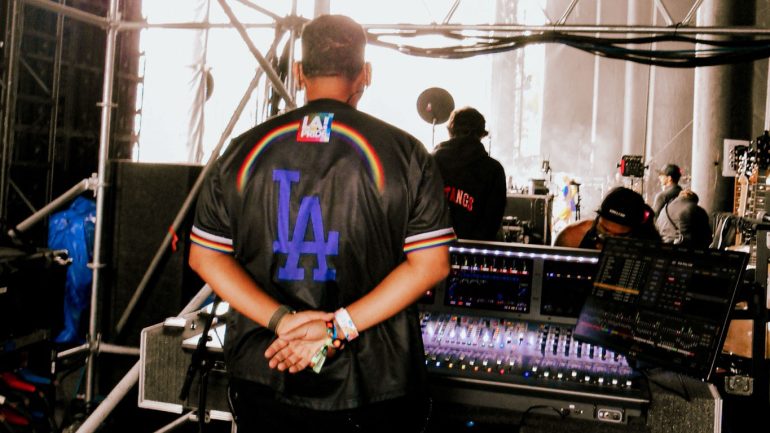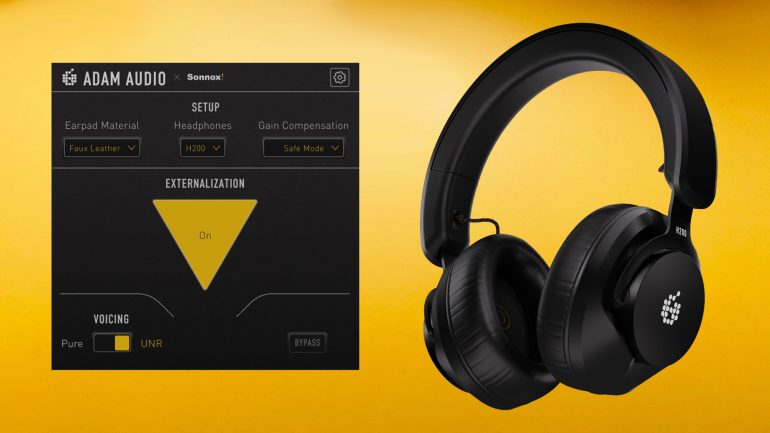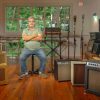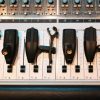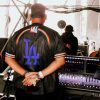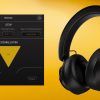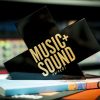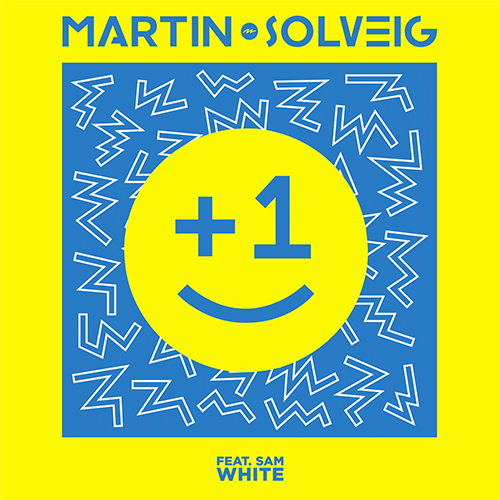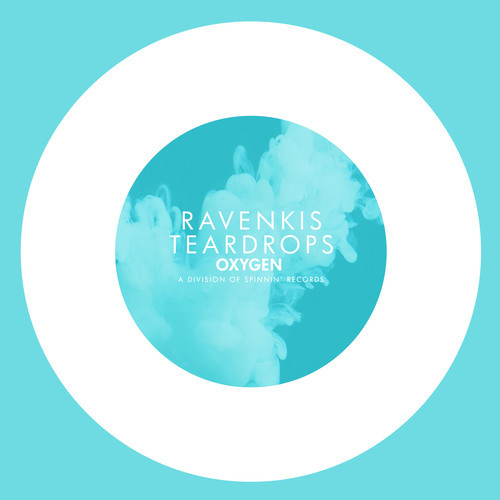-
 play_arrow
play_arrow
Clubalicious Clubalicious Radio
-
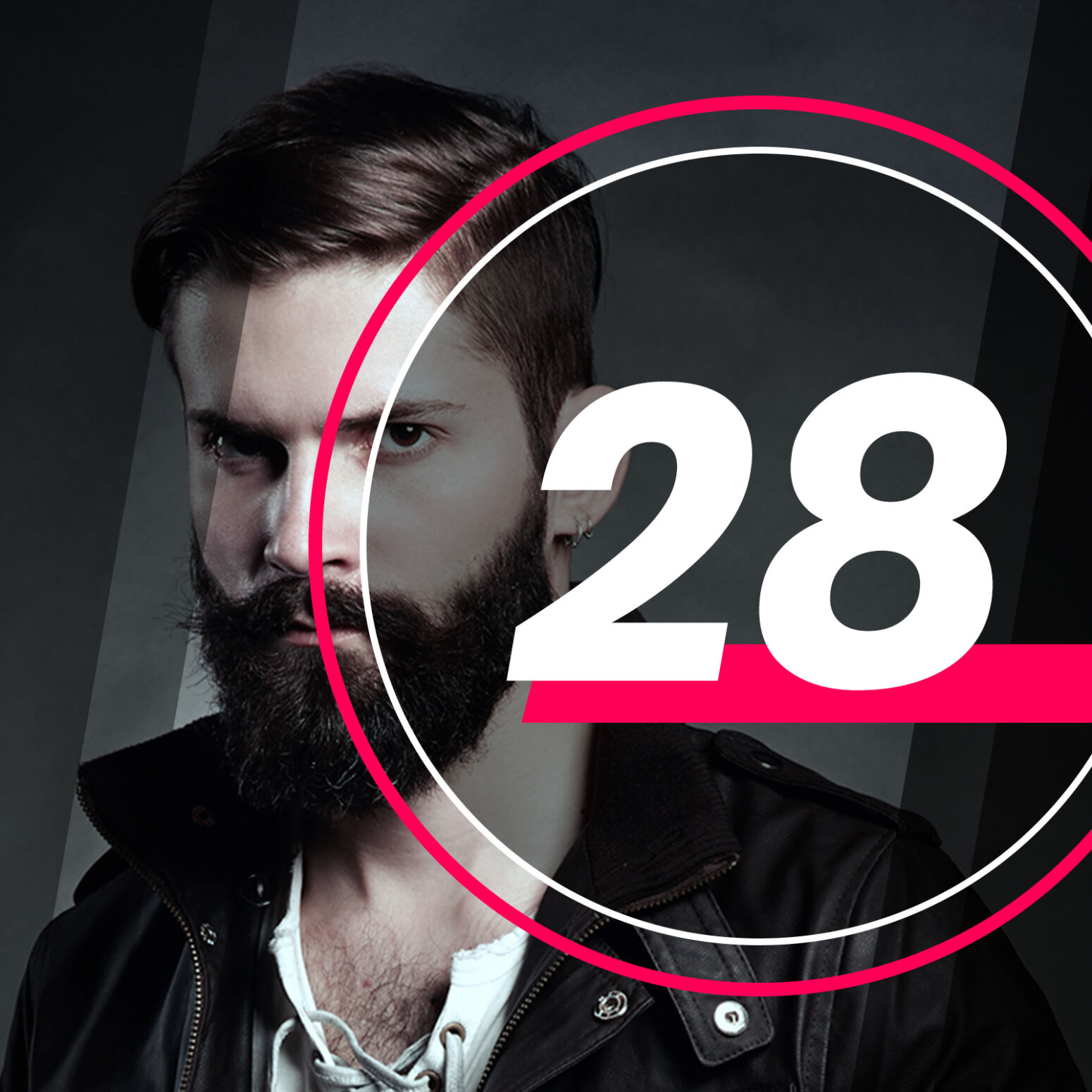 play_arrow
play_arrow
London Calling Podcast Yana Bolder
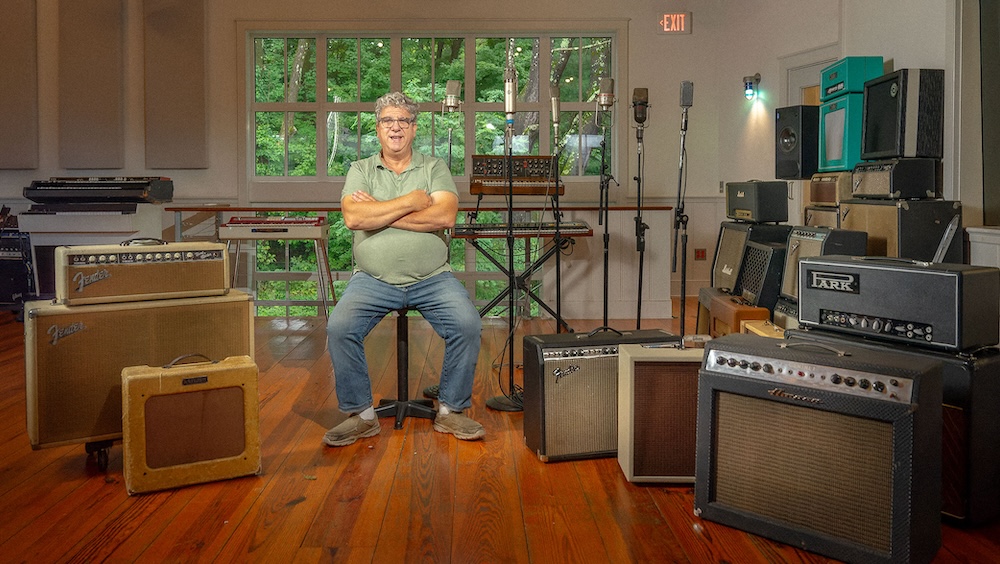
Rhinebeck, N.Y. (October 1, 2024)—Sometimes you have to go big and bold. Why? Because sharks are big and bold. Even though I had recorded the Budapest Orchestra and had drummer extraordinaire Omar Hakim play on a Discovery Channel Shark Week track I was composing, it needed to be even bigger. I had to get my guitars on there, enhance some of the string lines and have Omar’s drums hit you like a Great White.
Working at my home studio with the assembled tracks allowed me to objectively listen and make decisions. The orchestra made it a hybrid approach, blending the live players with my libraries of samples. Adding in real Oberheims and Moogs, along with several soft synths, helped enhance the bottom. The layered guitar lines were crafted with my Mesa heads and simulators to fit like a string section.
It wasn’t enough. The bottom string lines needed to be punched up with some additional cello, and in terms of getting Omar’s drums to hit hard, there were plug-ins that could do that adequately. I could punch them up with some old-school compression and/or add any of the great room simulation plug-ins available. As the track sat, however, it wasn’t good enough. Not yet.
Once I realized that I had taken it as far as my studio’s production could go, it was time to step it up, so I did what I’ve done for many years when tracks need to be next-level: I called Paul Antonell, owner-engineer of Clubhouse, in Rhinebeck, N.Y.
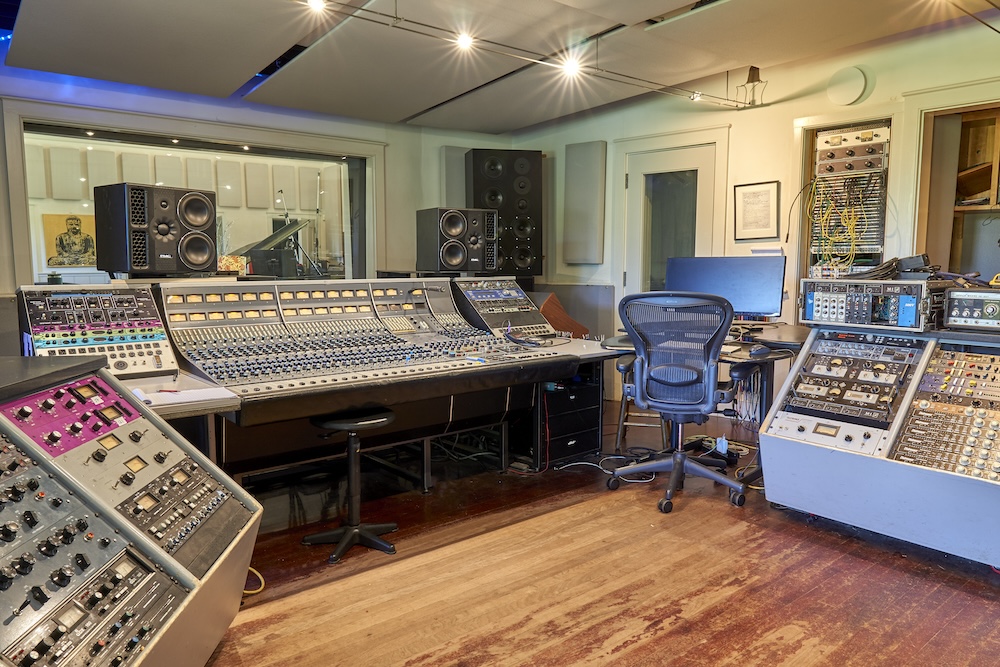
Clubhouse is one of those jewels of the industry, a fully equipped private residential studio that features a classic Neve console, large live room, three iso booths, great mics and a collection of stellar amps and keys. For more than 20 years, in the midst of big commercial studios closing down across the country, Clubhouse has kept its vintage vibe while continuing to change with the times. Studios like Clubhouse don’t compete with the setups at home; they enhance them.
“I started this version of Clubhouse, which is a private residential studio, in 2001,” Antonell says. “The art of making records is my passion. I care about artists and the struggle to make great-sounding recordings, so I created what I feel is a wonderful space and sonic palette to help producers and engineers make easy choices as to what they need to get it done.
“My initial concept was to make it one of the first ground-up buildings that was green and purpose-built to be a residential recording studio outside Manhattan,” Antonell continues. “Green is radiant heat, no fiberglass, special windows and following the proper building codes. I worked with engineer/producer John Holbrook to do something that was lacking in all the other places that we had both worked in. That included sightlines for the musicians in the live room, isolation rooms, having the signal run directly from the microphone to the mic pre’s, having balanced power, and so on. The whole recording facility is built with floating floors, and the control room is a room within a room. Holbrook designed the complex, and we did it all by instinct, feel and sound quality.”
The diverse list of clients that have been drawn to its good vibes and stellar sound is extensive, from Linda Ronstadt and Natalie Merchant to Shawn Mendes, Living Colour, The B-52’s, The National, Harry Styles, Fountains Of Wayne, Post Malone and Bob Weir, along with producers/engineers such as Elliot Scheiner, George Massenburg, Neil Dorfsman and Mario McNulty.
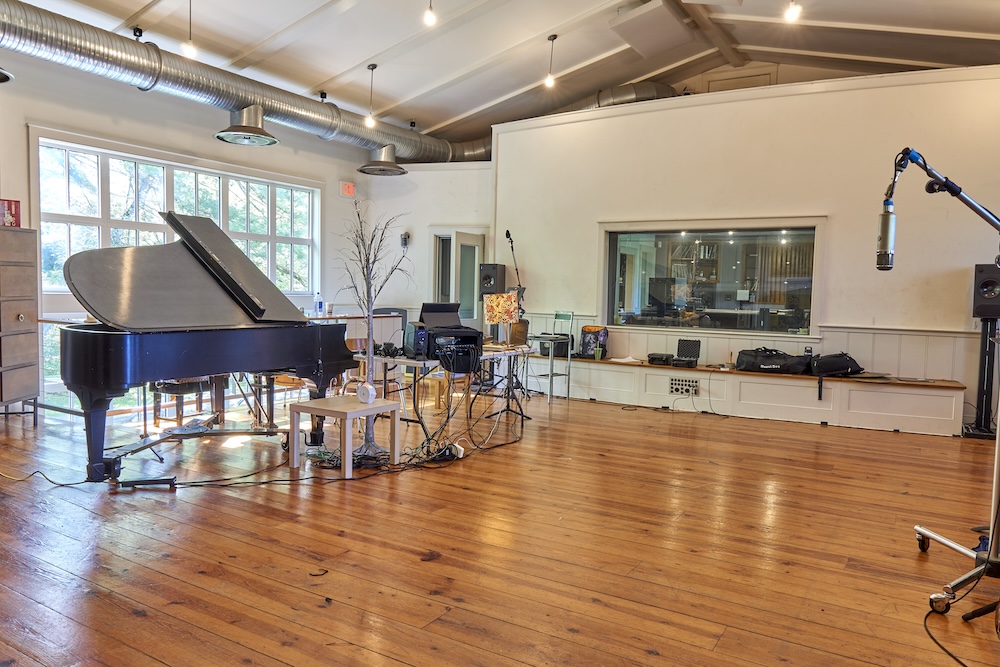
SPACE TO CREATE
One of the most striking aspects of the studio, and one of the main reasons I go there, is the spacious live room. It features floated, centuryold pine floors and plaster walls, with isolation provided by six inches of wood-cellulose insulation, a 5/8-inch layer of sheetrock, then ¾-inch MDF board, ending in another layer of 5/8-inch sheetrock. All of it is fronted by a ¼-inch layer of sheetrock blueboard with plaster—Antonell wanted the feeling of rough-cut plaster in the live room.
The space itself is 16 feet high, 29 feet long and 32 feet wide. It’s a live yet refined sound and makes for some exceptional recordings. There’s enough space for full bands to track live, or to capture mid-sized choirs, chamber string sections or ensembles. A large bank of windows lets in plenty of natural light. It’s a space where artists of any type will reap the benefits.
Off of the central live space are three iso rooms, including a library that Antonell and Holbrook modeled after an old English sitting room, complete with a large collection of books for warmth (and diffusion). The main room and the booths all have clean, purpose-built sight lines that allow for better communication when tracking.
But it’s not just for tracking. Bands like Modern English, Shawn Mendes and Living Colour have used it for writing sessions, and to rehearse for upcoming tours. I bring my Avid Carbon/Grace M108-equipped mobile rig, set up next to the grand piano, and use it to compose and create.
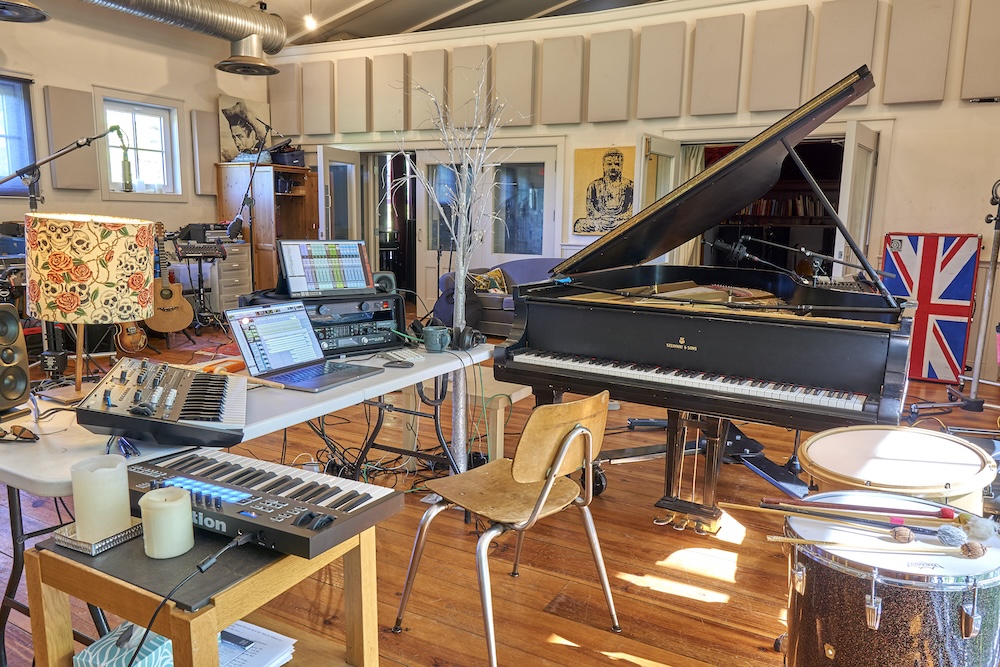
CLASSIC CONTROL ROOM
Analog consoles still exist for a reason: They simply sound great. Antonell’s console of choice is a classic Neve 8058 MK II, featuring 28 channels of mic pre’s/EQs with the 4-band 31102 EQ. “The console is meticulously maintained by tech David Anderson,” notes Antonell. “The reality is, any analog desk can get noisy and need a tune-up, and Dave keeps it in great working condition, making it a fine instrument. It’s got a very distinct and classic sound that artists and engineers love, and equally as important, that I love.”
“When I first started working there, I opened the first fader, flat, on the Neve,” recalls engineer/ mixer Elliot Scheiner. “I was hearing this bass drum, asking myself, ‘Why does this sound so good?’ I only had to use EQ on about four out of 19 faders; everything else was flat. It sounded exactly like I wanted it to. I was taken aback by what I was hearing. It was amazing.”
The large, comfortable control room is fully floated, meaning a cement slab has a frame on shock absorbers and the wall is built on that frame, so it never actually touches the structure. Acoustic treatments include an absorptive overhead cloud, a bass trap with midrange diffusion, and large couches and chairs for more absorption. There’s plenty of space for everyone to listen to playbacks, or just hang out.
An arsenal of vintage outboard gear—along with some newer pieces—is housed in two rolling racks with everything from a rack of six Empirical Labs Distressors to a UREI LA-3A, Neve 2254s, UA 177s, Purple Audio MC76s, dbx 160s and a few channels of Chandler Limited Germanium. “We also have a Bricasti M7, a few channels of Chip Verspyck’s custom Clear Compressor and are always open minded to trying new things,” Antonell adds. “We have an EMT 140 plate that is normaled to a return on the console and always patched in. There’s an AKG BX20 reverb also normaled, and we have the ‘famous Clubhouse echo chamber’ with two speakers and two mics originally designed by John Holbrook—it’s 30 feet long by 11 feet wide and can be easily patched as well.”
The main monitors are an 11,000-watt custom Ted Rothstein design and there’s a set of PMC 6- 2s, along with a set of Yamaha NS-10s and many others. I have a nice set of Focal monitors in my production room, but the feeling of cranking a big set of studio monitors and really hearing what’s happening inside the mix is a huge plus, delivering a better, more refined, detailed end result. “Also, it’s fun!” Antonell laughs, “and that’s something that’s really missed in smaller rooms. Turn it up and let’s listen to what’s really going on in those tracks!”
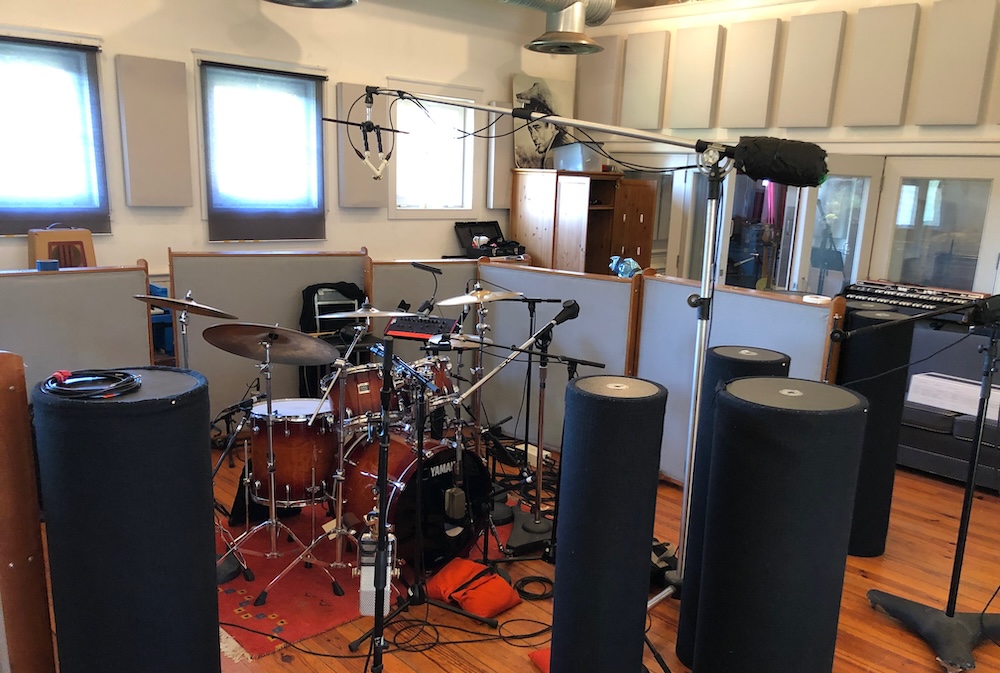
DRUMS AND DRUMMERS
What do Steve Gadd, Jack DeJohnette, Steve Jordan, Will Calhoun, Simon Phillips, Kenny Aronoff, Matt Starr, Nir Z, Daniel Glass, Gary Burke and Steve Smith have in common? They have all tracked at Clubhouse. With the old pine floors and lots of cubic volume to get that open sound, drums excel in this room.
Room mics and stairwell mics (down to the lounge) take on a new sonic power in a space like this, especially when compressed either to “tape” or afterward. There is nothing quite like adding in a pumping, edgy room mix with gobs of compression on it to lift the whole drum kit up. Alternately, you can keep it light and just add some height and width. From his experience, Antonell has found that the ribbon RCAs, Cole 4038s and AEA R-88s get the best room sounds in the live space.
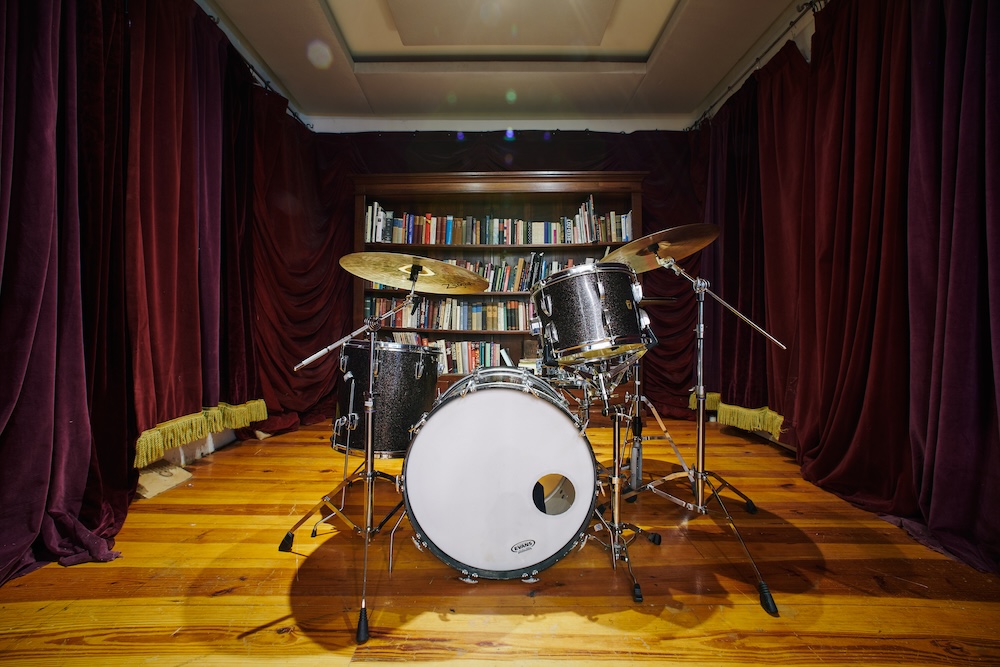
While many drummers do bring their own kits, Clubhouse features a number of classics for use. They include a 1959 Gretsch Round Badge, 1965 Ludwig Black Galaxy and 1992 Yamaha Red Oak Custom, plus many more (and many snares).
It’s also a great room to get drum sounds that weren’t tracked there. For the Shark Week cue, Omar Hakim and I tracked at his studio, then took it to Clubhouse, sent it out into the live room through a set of PMC twotwo.8 speakers and re-recorded through the Neve. On the first pass, we used a set of Sony C100 mics in cardioid near the monitors, and the second pass required a set of Earthworks QTC 50s up in the back of the space. Each had their own sense of depth and helped not only the final stereo mix, but also a multichannel Atmos version.
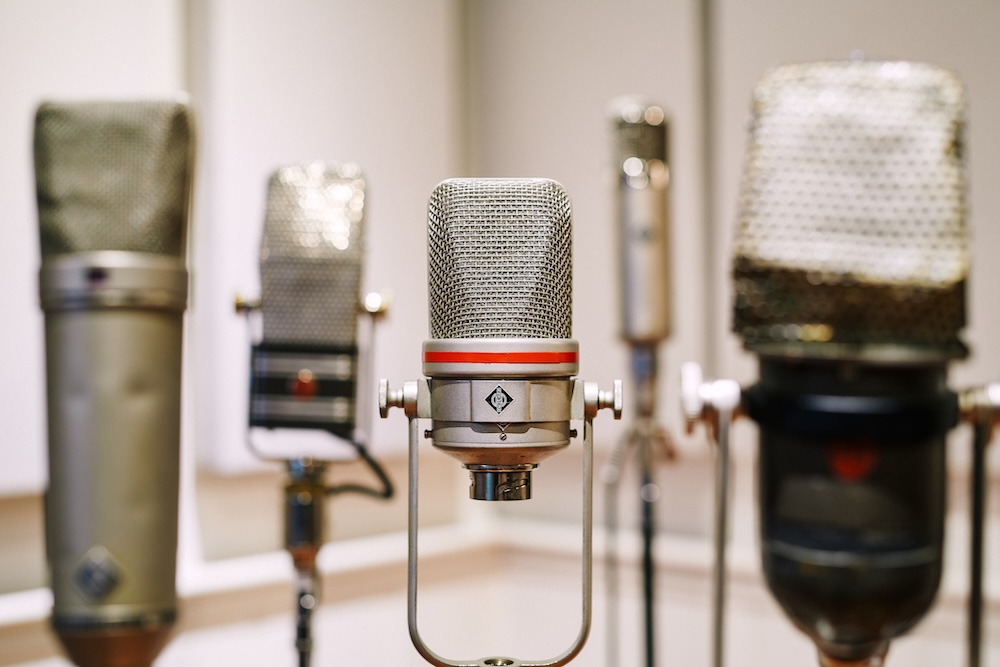
MICS, AND MORE MICS
I typically bring a few of my go-to mics when I show up at Clubhouse, including several Sony C- 100s, a variety of Earthworks and a few Royers. I don’t have a tracking room, so I only need a few choice mics to suit my needs. One of the benefits of working at Clubhouse, however, is that I can ask Paul, “What do you have that might help me capture this 12-string guitar differently?” Antonell has collected a handful of goodies and classics over the years, like Telefunken ELA-M, U67 and M-221s to a forest of ribbons new and old, including AEA A440s and a variety of RCAs. There’s nothing quite like looking in a stocked mic locker and saying, “Let’s try that.”
I’ve recorded cellist Anneke Schaul-Yoder there a number of times. She has an amazing Jacques Boquay cello made in Paris in 1714; to capture it, Antonell puts up a RCA KU-3A ribbon, along with a Neumann U47. Then he’ll use a pair of Sony C-100s or Coles 4038s in omni mode out in the room for depth, as they are extremely lownoise and capture detailed high end. It’s a sound I could never achieve at home.
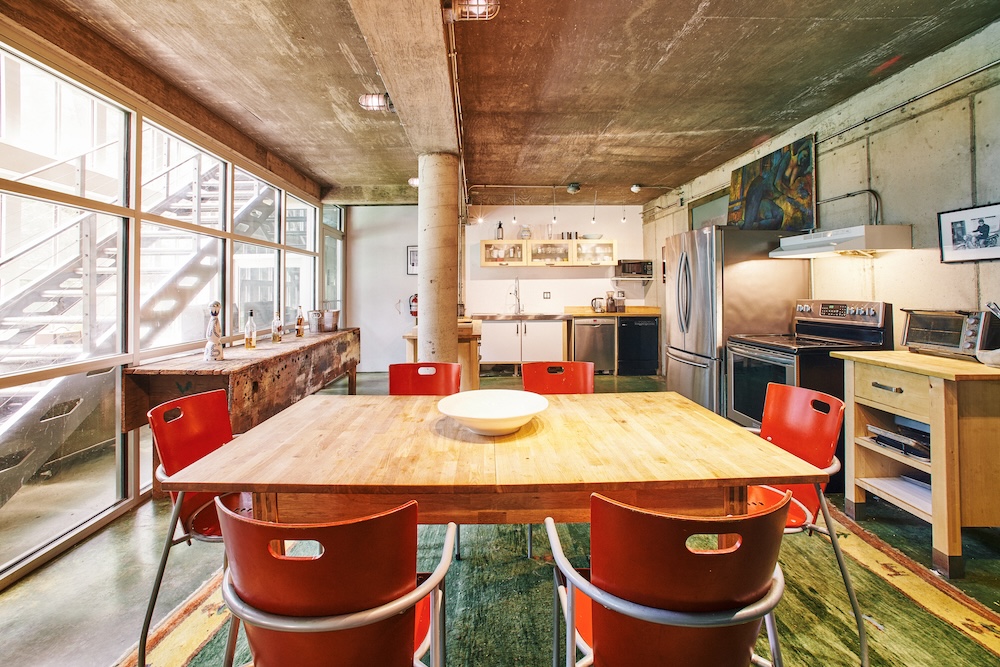
I DO LOVE GUITAR
There is no other way to get certain guitar tones than to stand in front of a great tube amp and turn it up in a live space. We like to call it “moving air,” as the sound has room to breathe. Sure, you can use plug-ins or modelers (and I love them) to get some great sounds, but tracking at Clubhouse is how you take it to the next level.
I’m a guitar player, and I’ll always bring a few choice guitar amps when I visit, including vintage Gibson amps and a variety of nasty Mesa Boogie heads—but that only goes so far. Clubhouse has a choice of great guitar amps, and they all work! Some classic Gibsons, vintage Fenders, Vox, Magnatones and custom amps like the Mitch Colby Sundragon (Jimmy Page model). When you really want to move that air, there’s a choice of Marshall, Mesa and Orange 4×12 cabinets that can handle gobs of volume.
Beabadoobee and Rick Rubin on the Epic Journey from Shangri-La to Number One
Guitarist Earl Slick (David Bowie, John Lennon) is also a fan of the room, and has recorded there for years. “It’s not just the big room, but as a musician/guitarist, especially when I’m doing my stuff, it’s really comfortable,” he notes. “There’s a lot of options between the iso booths, live room and any of the smaller rooms. Being that is residential, you get up in the morning, you walk 10 feet and you’re ready to record. It just feels like you’re recording at home, but you have all the top gear you could possibly need. Plus, you’ve got all that natural light, and it just feels good.”
And let’s not forget the keyboard player, who has access to some classics, including a 1964 Hammond B3 with the Leslie 122 cabinet, 1971 Minimoog, 1960s Ace Tone Vox Super Continental and 1970s Mellotron.
“The reality of owning a big residential studio is that it’s the challenge of survival,” Antonell notes. “You have to wear many different hats—from classical sessions to jazz to rock and everything in between. You learn to make budgets work, switch gears quickly and adjust to the specific needs of each client. It’s not all glory all the time, and sometimes it’s not easy. In the end, it comes down to having fun every day, making great music and having long-term relationships with amazing people. We deliver a high-quality product that I’m proud of, and that’s super important to me.”
• • •
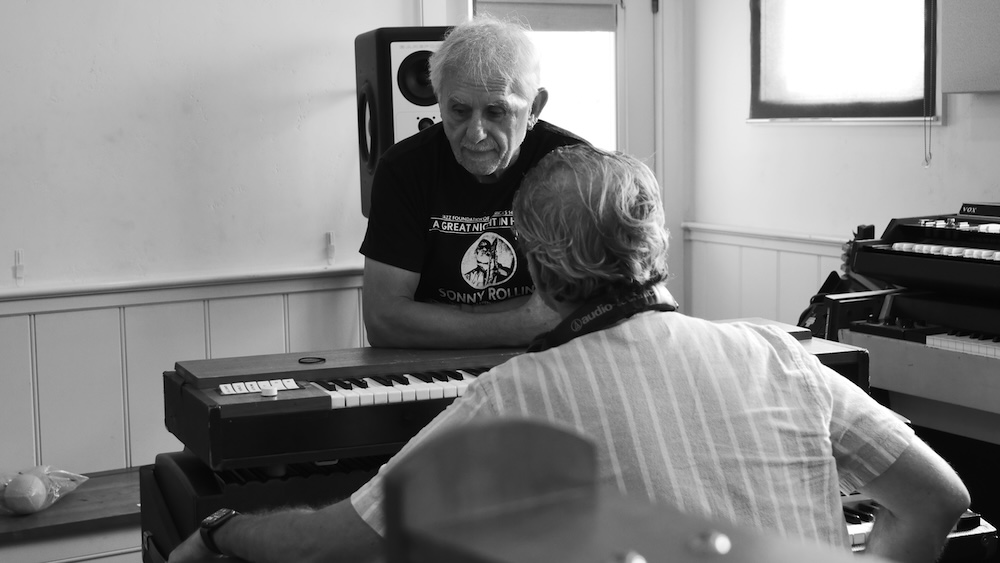
SIDEBAR: Ain’t It Grand
There are many great piano sample libraries out there and they certainly have their place. Having worked with virtually every one of them over the years, and then played the real thing, it’s hard to compare.
The main piano at Clubhouse is a 1922 pre-war Steinway B that, to my ears, is one of the finest pianos I’ve ever heard. The warmth and resonance are hard to believe, and it records amazingly with just about any mic or set of mics that you choose. Antonell has the Earthworks piano bar that can be taken in and out, but he also likes to use a variety of other mics as well. Whether you choose to keep the lid on or take it off, when combined with the natural warmth of the live room (and a great player), you can’t go wrong.
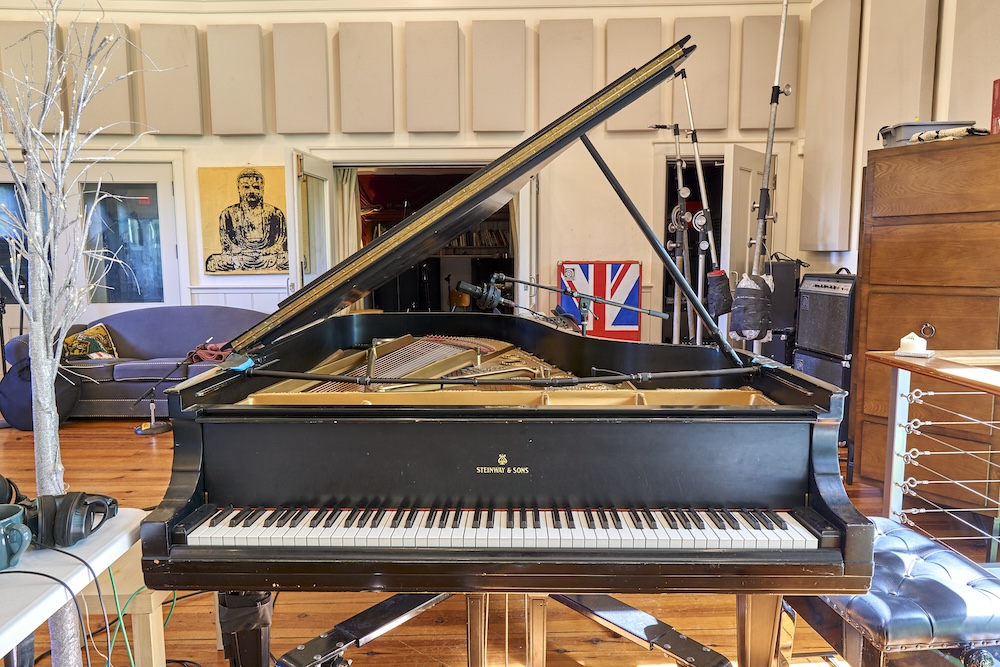
As engineer/mixer Elliot Scheiner (Steely Dan, Eagles, Van Morrison, Billy Joel) notes, “When I was recording the Steinway piano at Clubhouse, I simply used two AT4060 mics in cardioid mode’. The lid was open, and since I knew the player’s technique, I miked maybe six inches from the hammers into the body of the piano, but about nine inches high. I’ve always used those mics on vocals, but I was looking for the same thing from the piano. I didn’t have to do anything, I was so taken by what it sounded like.
“It’s by far one of the best rooms I’ve worked in; I love this place and everything I’ve done there has been amazing,” he says. “I want to record bands live, and here I can see everybody and they can see each other. Give them a good headphone mix and they’re not thinking about the sound of their instrument anymore; all they are thinking about is playing together.”
Written by: Admin
Similar posts
Recent Comments
No comments to show.Featured post
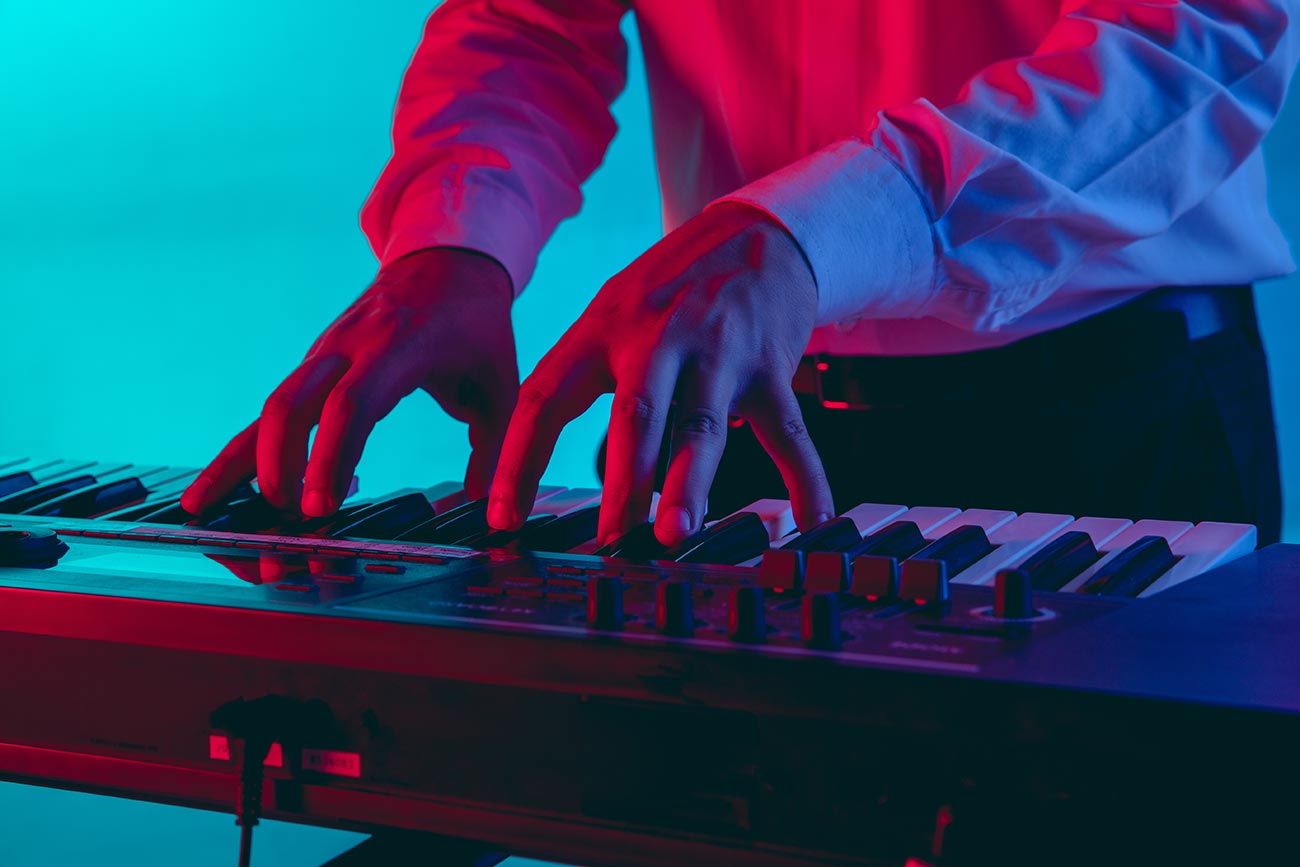
Latest posts
Current show

Uplifting Only
Ori Uplift
Abora has enjoyed success in the broader EDM music world too: Since 2012, Abora has won the Future Favorite on Armin van Buuren's A State of Trance 13 times, more than any label except Armin's Armada itself.
closeUpcoming shows

Fresh Is Fresh
THIS WEEKS HOTTEST DANCE RELEASES FROM DEE JAY PROMOTIONS
02:00 - 09:00
Finnish Dance Chart
Top 40 Hottest Dance Tracks In Finland
09:00 - 11:00
Fresh Is Fresh
THIS WEEKS HOTTEST DANCE RELEASES FROM DEE JAY PROMOTIONS
11:00 - 16:00
Stereo Productions
Chus Ceballos
16:00 - 17:00
Scandinavian Dance Chart
Top 40 Hottest Dance Tracks In Scandinavia
17:00 - 19:00Chart
Powered by Dee jay promotions visit us

